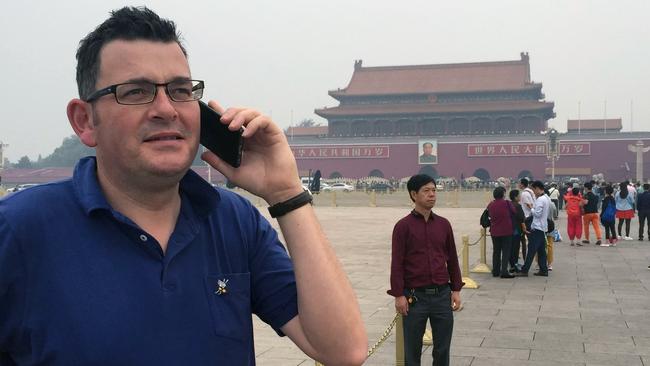
Its termination by the federal government adds icing to that cake.
Beijing is using it vigorously to adduce further evidence for its argument that Canberra is being irrationally mean to the People’s Republic of China. It makes ample use of such events to double down on its rhetorical attacks and commercial coercion.
It will persist with this strategy despite failing to shift either Australian government policies or popular concerns about the PRC.
The chief targets of the strategy are China’s domestic population and other countries where debate about relations with Beijing is intensifying.
The BRI comprises President Xi Jinping’s hallmark foreign policy initiative. About 70 countries have signed up to it, including New Zealand, Papua New Guinea and Indonesia, since Xi launched the “Maritime Silk Road” component of the BRI in 2013.
But Beijing had not succeeded in attracting signatories at the sub-national level until Victoria came on board, signing up to a statement provided by Beijing without any significant negotiation, and thus offering a handy template for other such MOUs around the world.
This was its key function. Victoria was otherwise always an outlier of a program primarily intended to connect China through Asia with core markets in Europe, one whose common feature is the provision of debt financing for modernising infrastructure.
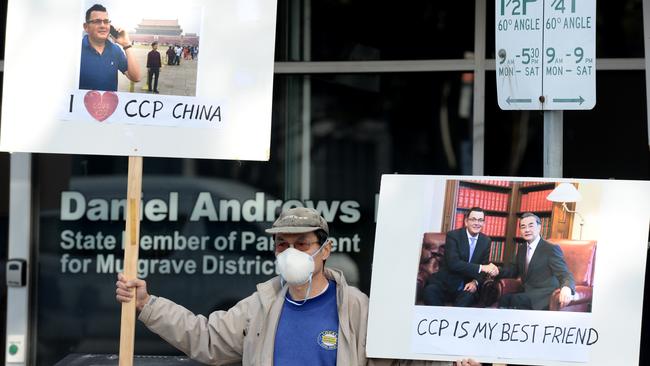
China does not permit its own provinces, municipalities or other entities to join any international body, arrangement or agreement without receiving a green light from the central government.
Victoria’s signing up to the BRI might have seemed innocuous. The MOU committed the state to work with the PRC to “promote the building of a common future” including “Digital Silk Road co-operation”, to “seek convergence” between policies and planning, and carry out “dialogues and exchanges, joint researches, pilot programs, knowledge sharing, etc” without elaborating on the “etc”.
It remains unclear whether it delivered anything for Victoria at all that would not have transpired anyway without such a MOU.
The PRC is not a rules-based player. It suits it to make much of Victoria’s BRI deal, but if formal arrangements no longer work for Beijing — such as the free-trade agreement with Canberra — it will operate outside them.
The BRI deal delivered a handy form of leverage within Australia, which is what in part stimulated the Morrison government to pen the Foreign Relations Act of 2020, which requires Canberra to play a role in, or at least to sign off on, such deals.
Beijing will have factored in the inevitability of the Victorian deal being terminated as soon as the act was passed, and this week’s rhetoric will have been long fine-tuned.
In the longer term, China’s priority will be to nip in the bud any prospect of BRI members in our region learning from Canberra’s move, as some countries have done over Australia’s decision to keep Huawei from the 5G rollout — either to follow suit or chase more favourable BRI deals.
Rowan Callick is an industry fellow with Griffith University’s Asia Institute.


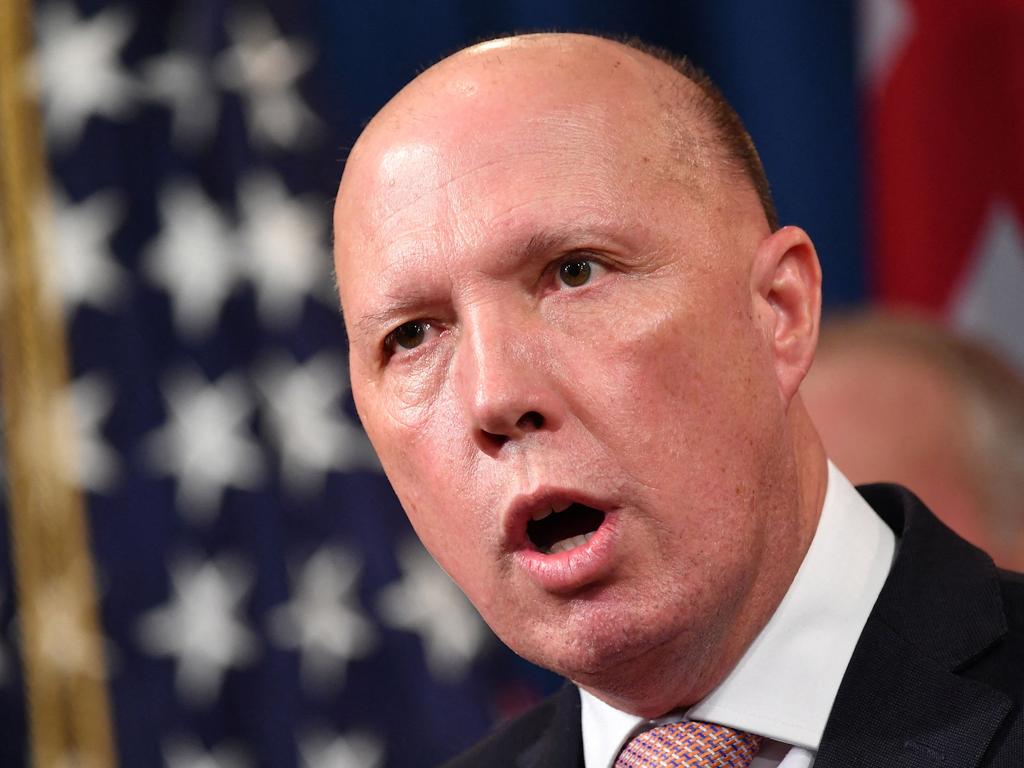
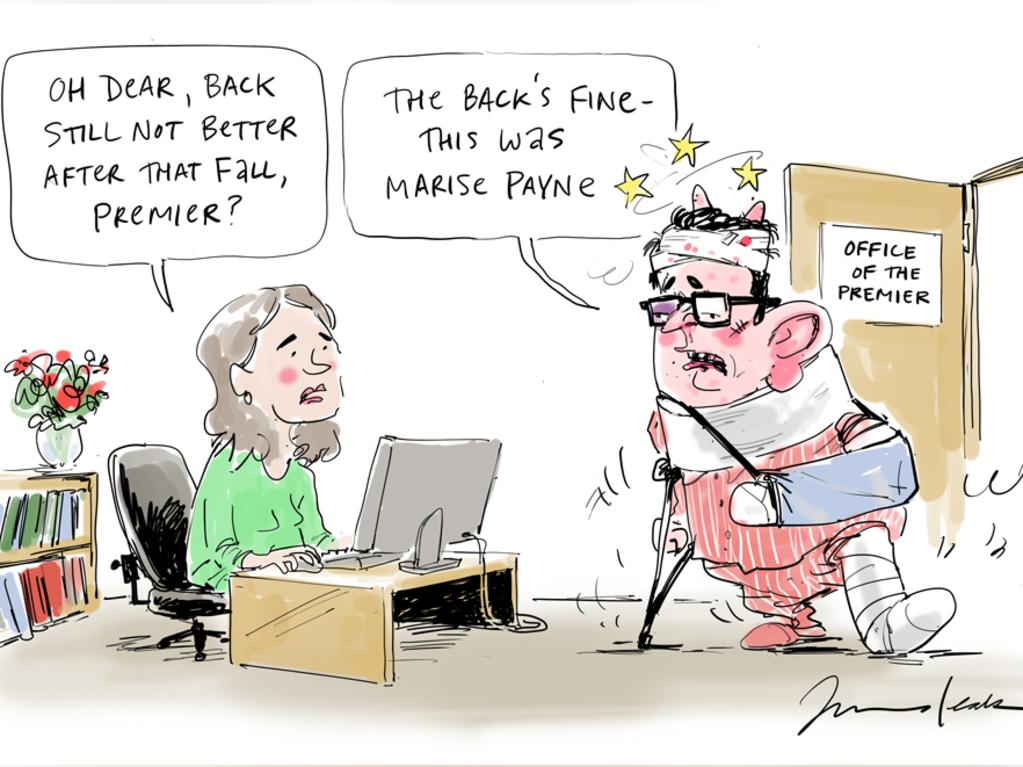

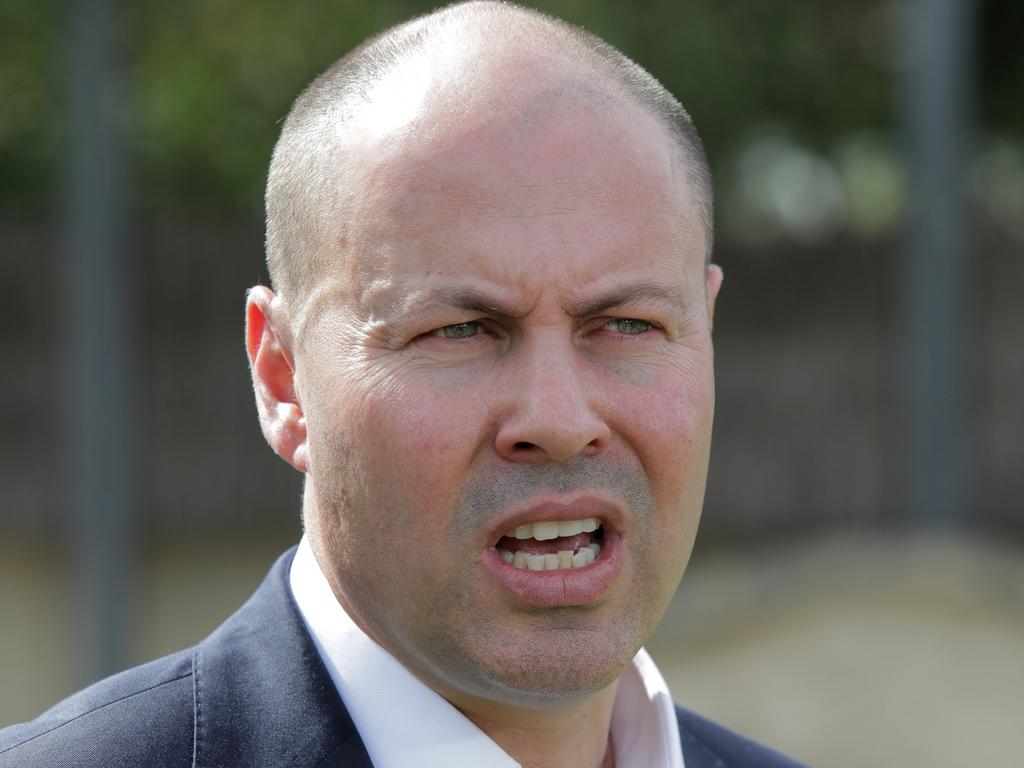


Mission accomplished. The now-nullified Belt and Road Initiative memorandum of agreement had achieved its core goal merely by being signed by Victorian Premier Dan Andrews in 2018.